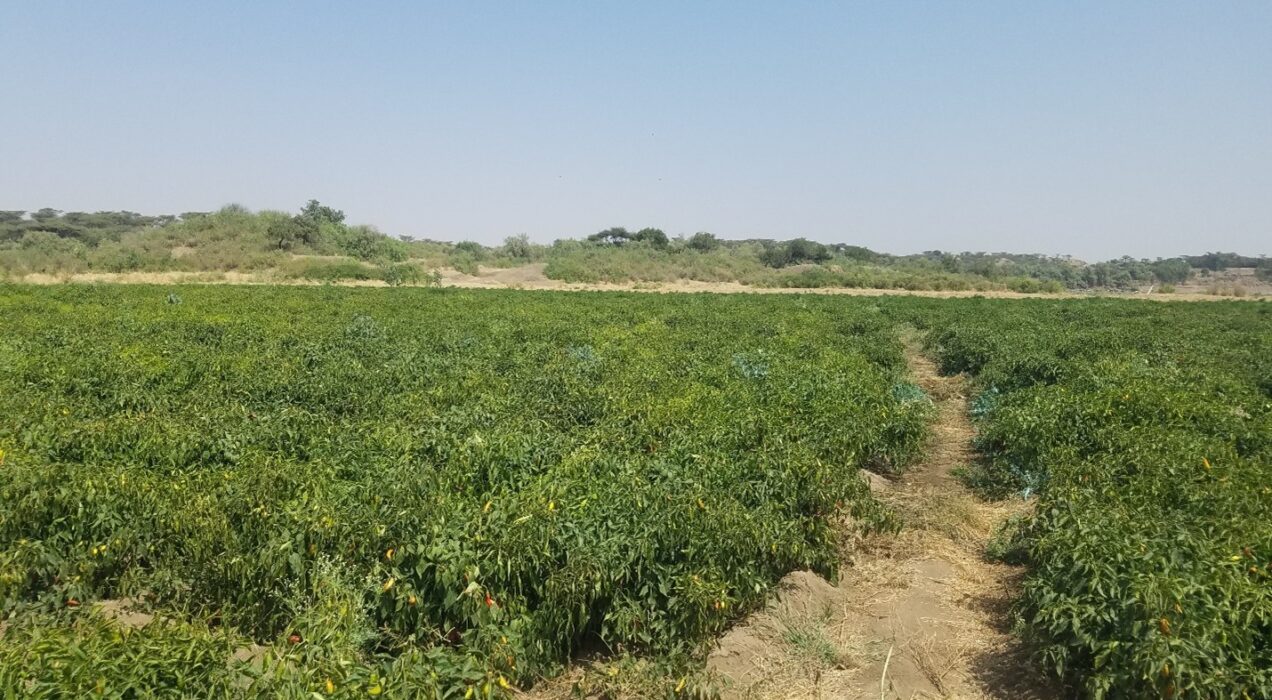
Podcast: Life at the climate forefront – The Sundarbans through photos
Every centimetre of sea level rise is directly felt here at the low-lying Sundarbans – world’s largest mangrove forest, and … Continued


Every centimetre of sea level rise is directly felt here at the low-lying Sundarbans – world’s largest mangrove forest, and … Continued

Globally, nearly 7 million people live in refugee camps. Refugee camps are temporary facilities for people on the move, and … Continued

Thomas Hoerz, Area Manager Somaliland, Welthungerhilfe Hargesia, November 11, 2021 Looking at the larger picture – the international climate change regime – … Continued

Meheretu Yonas & Luwieke Bosma, MetaMeta Research and Rodent Green, Wageningen, The Netherlands Karmadine Hima, Abdou Moumouni University, Niamey, Niger … Continued

In 2015, Chennai was hit by a major flood, considered to be the worst flood to hit that part of … Continued
In this webinar, IHE Delft’s Prof. Roshanka Ranasinghe, Coordinating Lead Author of the IPCC AR6 WGI report, will summarise … Continued

by Meghna Mukherjee and Frank van Steenbergen Introduction With at least 750 million of the poorest women and girls spending … Continued

By Francesco Sambalino October 18, 2021 A lot is said about climate change. It is too hot. It will become … Continued

By Meheretu Yonas – Rodent Green Management Rodent pests and rodenticide use in Ethiopia Ethiopia’s economy heavily depends on agriculture, it … Continued

By Allah Bakhsh, project coordinator FBLN SPO. Introduction Balochistan is arid in term of surface water availability. There are places … Continued

By Femke van Woesik As the most recent IPCC report on climate change was released last month, daunting headlines stating … Continued

by Francesco Sambalino, Eefje Visser, Kim de Groot September 8, 2021 Using a drone, we mapped ±4000 hectares of farmland … Continued